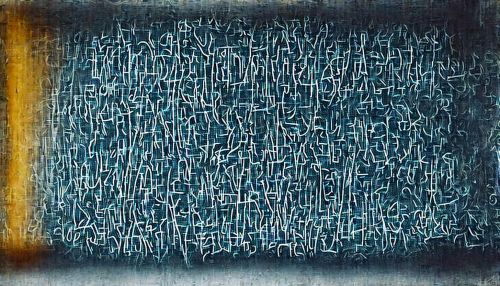Arithmetic
Introduction
Arithmetic is a branch of mathematics that deals with numbers and the basic operations used to manipulate them: addition, subtraction, multiplication, and division. It is the most elementary aspect of mathematics, yet it forms the foundation for more advanced mathematical disciplines.


History
Arithmetic has a long and rich history, dating back to the ancient civilizations of Egypt and Mesopotamia. The earliest evidence of arithmetic practices can be traced back to the Sumerian civilization, where clay tablets have been found with multiplication tables inscribed on them.
Basic Operations
Addition
Addition is the most basic operation in arithmetic. It involves combining two or more numbers to get a total or sum.
Subtraction
Subtraction is the process of taking one number away from another. It is essentially the inverse operation of addition.
Multiplication
Multiplication is a shorthand way of performing repeated addition. It involves adding a number to itself a certain number of times.
Division
Division is the process of splitting a number into equal parts. It is the inverse operation of multiplication.
Number Systems
Arithmetic can be performed in various number systems, including the decimal, binary, and hexadecimal systems. Each system has its own set of rules and symbols for representing numbers and performing arithmetic operations.
Properties of Arithmetic
Arithmetic operations have certain properties that are always true, regardless of the numbers involved. These include the commutative, associative, and distributive properties.
Applications of Arithmetic
Arithmetic is used in a wide range of fields, from science and engineering to finance and economics. It is also a fundamental part of everyday life, used in tasks such as shopping, cooking, and timekeeping.
